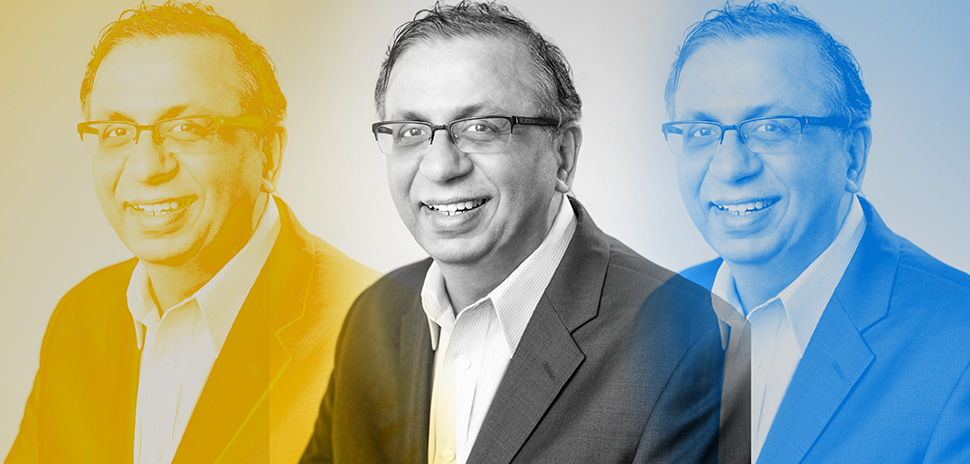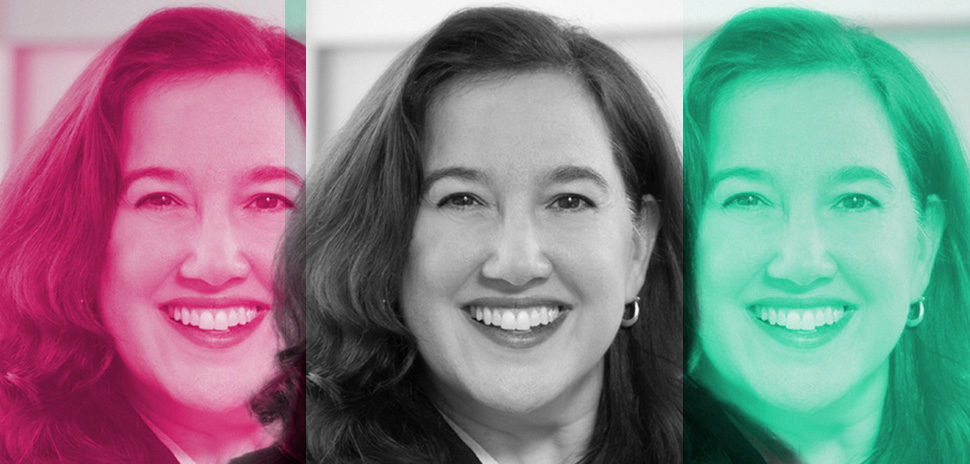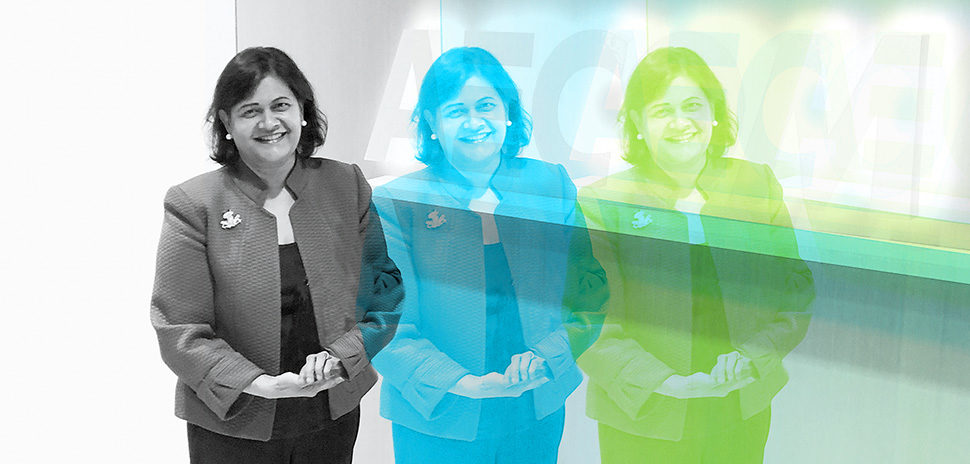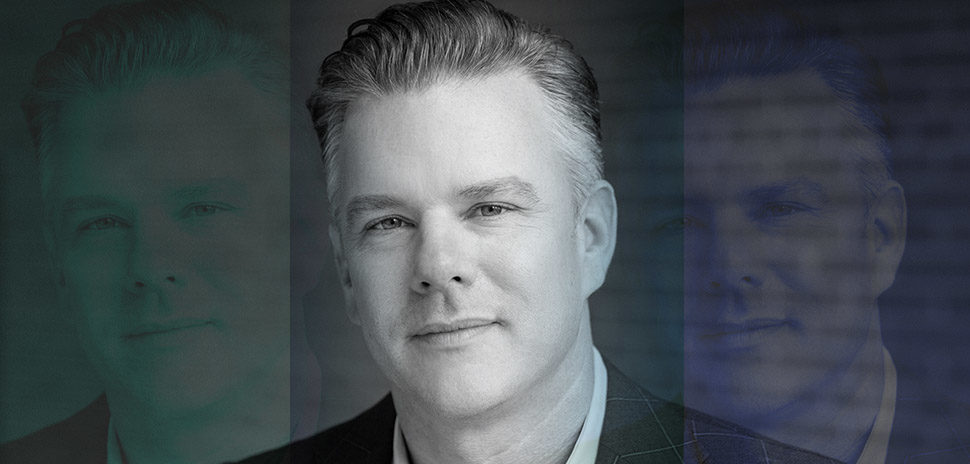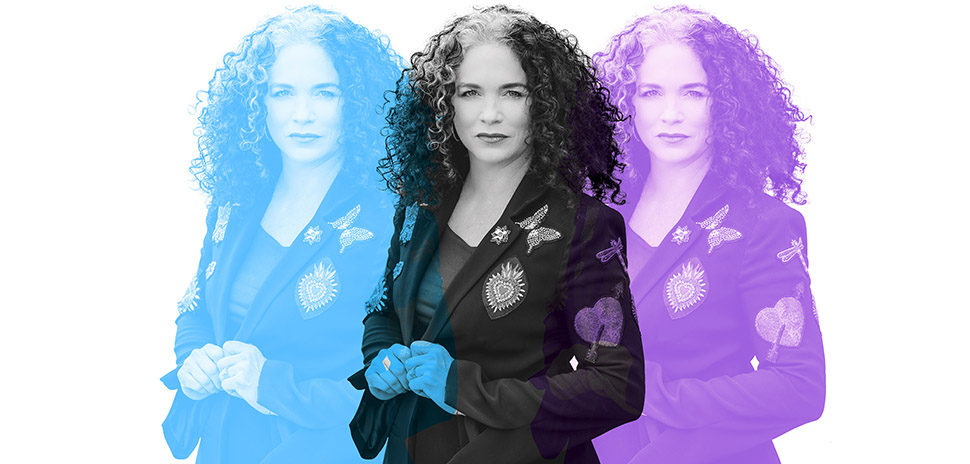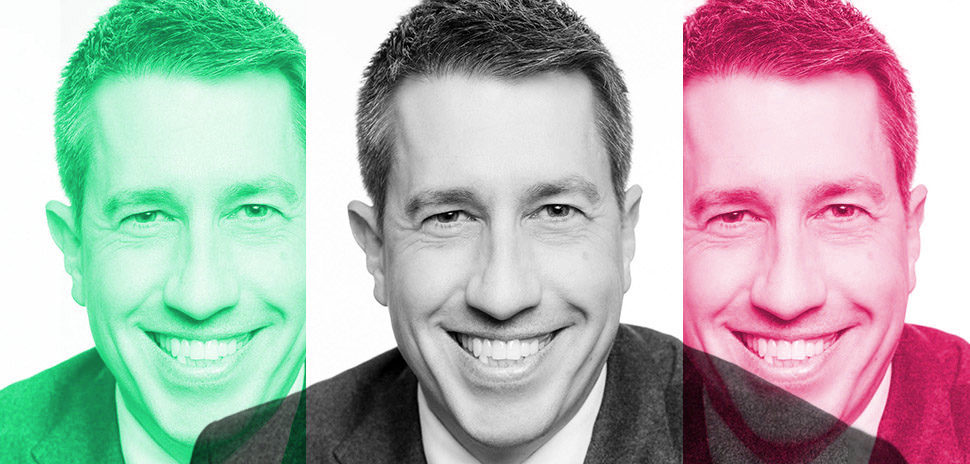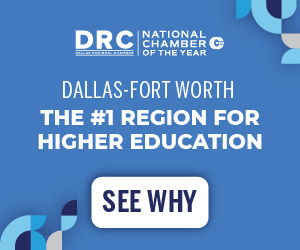Mavenir, which provides cloud-native network software for the wireless industry, aims to be the lead disruptor in opening up the telecom industry to more competition and paving a highway to faster advancements.
ENTERPRISE
OPENRAN Frontrunner
Pardeep Kohli
Global communications digital media site Light Reading recently called the Richardson-based company “the poster child” among upstart vendors seeking a share of a growing pie. In late 2020, industry analyst Dave Bolan estimated Mavenir commands five to 10 percent of the global market for mobile core network technology.
In February, Telefónica, a multinational telecom based in Madrid, announced a partnership with Mavenir and AWS to “reinvent the way IoT connectivity services are delivered,” per Fierce Wireless.
Telefónica Tech’s IoT KITE Platform is using Mavenir’s cloud native Packet Core Services on AWS to provide a “local shortcut” to the Internet for all kinds of IoT devices.
“Mavenir’s Converged Packet core built upon web-scale technology and cloud native principles provides support for 4G functionalities and facilitates easy deployment on AWS, offering a compact and efficient model in terms of cost and resources,” said Ashok Khuntia, EVP/GM, Packet Computing at Mavenir, in a statement.
A breakdown of OpenRAN
In November, Mavenir was selected by DISH Network to deliver 5G nationwide. The company aims to bring multiple applications at a lower cost through virtualization. The company’s next-gen flexible Radio Access Network, or RAN, has also drawn the attention of Intel.
So, what’s the big deal about OpenRAN? According to Mavenir CEO Pardeep Kohli, it provides interoperability, opening the innovation pipeline by allowing many different vendors to play a role in 5G. Unlike a traditional radio access network (RAN) that tightly couples hardware and software—often from a single supplier—OpenRAN allows competition. It promises to speed up network development and lower costs.
“People still think OpenRAN is many years away, but it’s coming fast,” Kohli says. “DISH is launching in a lot of areas, and we’re already deploying it in several other countries.”
Founder named “most powerful person in wireless for 2020”
Despite plenty of growth and popular products, the company delayed plans for a fall 2020 IPO, citing market volatility and COVID-19 concerns.
Still, the company has come a long way since it was founded in 2005 by President and CEO Pardeep Kohli and serial mobile tech entrepreneur Rashad Ali, now founder and COO of Ingage.ai.
Voted the most powerful person in wireless for 2020 by Fierce Wireless, Kohli aims to level the playing field for more players and place Mavenir on the leading edge of next-gen communications.
Meet the founder
Pardeep Kohli was featured in Dallas Innovates’ Future 50 in Dallas-Fort Worth in the 2021 edition of our annual magazine. We talk with the CEO about how innovation enables 5G and Mavenir’s map for the future. Here’s our takeaway:
On how Mavenir’s advancements in the OpenRAN ecosystem will change the future:
We file patents regularly. I think we now have close to 550, with around 10 to 15 every year. We invest quite a bit in OpenRAN development.
5G is still in its early stages, but it’s going to get built for the consumer market and for business. To fit to scale and bring a lot of applications at a low cost, we’re going to virtualize on a cloud. For ongoing learning and management, it’s going to be totally cloud-native. The software connects with radios on a tower, which are built on an openly available silicon chip. We’re taking advantage by going to other industries for chip development, like in video games. We’re taking that technology to the radio market. Intel has invested… We’re making it more inclusive and applying it to the whole radio network, which has been a closed system.
Instead of buying a whole system from one vendor, you can split it into many different layers, still be fully secured, and open with different vendors. For driverless cars, for instance, you’re going to need radio coverage in a lot of places. You want aesthetics matching the surroundings, with some radios on towers, some hidden in a traffic light or elsewhere. You can take a radio from any vendor and combine it with other components, mix and match. You get a lot of innovation that way.
On what’s next for Mavenir:
We’ve invested a lot in AI tools so when networks deploy them, they can be managed at a much lower cost. For example, Facebook has two billion users, and the number of employees they use to manage that versus the number of employees for AT&T and Verizon, there’s a big difference. The reason is that Facebook is bringing in automation in the network. Software is managing the network, not people. AI makes that possible.
A version of this story was originally published in Dallas Innovates 2021: The Resilience Issue.
Read it online
Our fourth annual magazine, Dallas Innovates 2021: The Resilience Issue, highlights Dallas-Fort Worth as a hub for innovation. The collective strength of the innovation ecosystem and intellectual capital in Dallas-Fort Worth is a force to be reckoned with.
![]()
Get on the list.
Dallas Innovates, every day.
Sign up to keep your eye on what’s new and next in Dallas-Fort Worth, every day.

